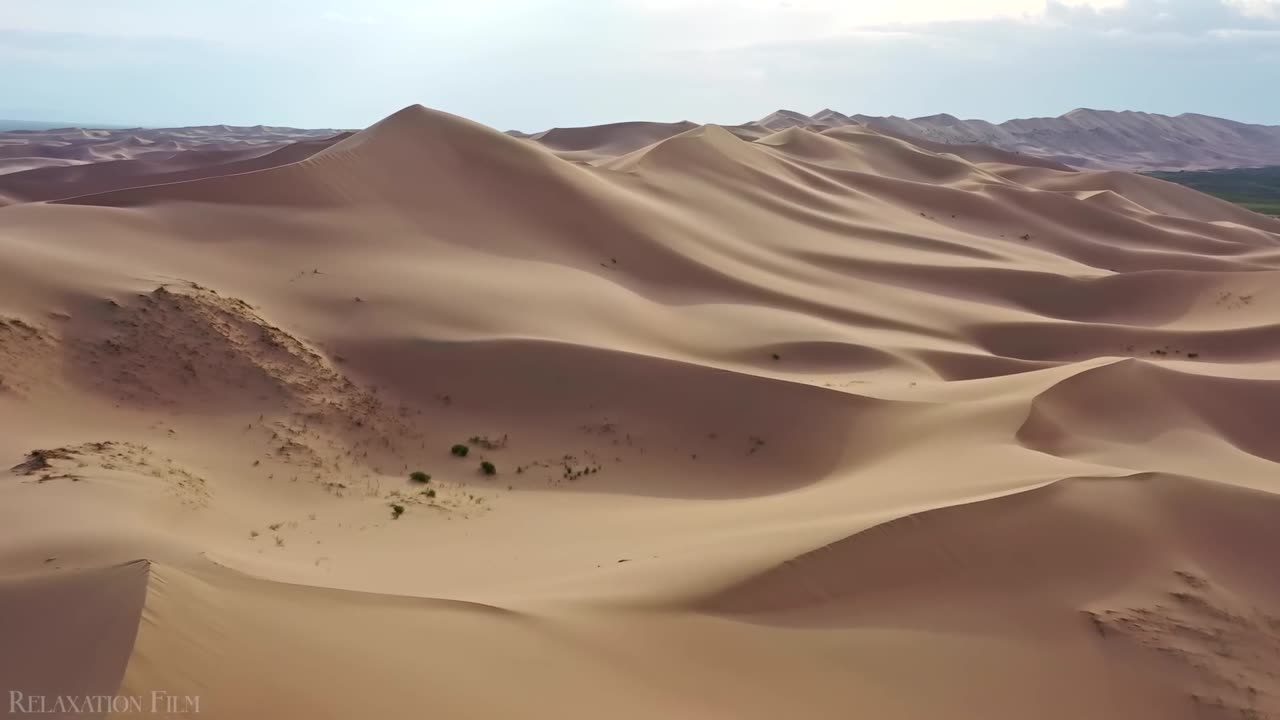Premium Only Content

EARTH 4K - Relaxation Film - Peaceful Relaxing Music - Nature 4k Video UltraHD - OUR PLANET
Earth, often referred to as the "Blue Planet," is the third celestial body from the Sun in our solar system and the only one known to support life. This remarkable planet is a complex and dynamic world characterized by a rich tapestry of geological, atmospheric, and ecological features. Here is a detailed description of Earth:
Physical Characteristics: Earth is predominantly composed of rock and metal, with a diverse landscape that includes vast oceans, towering mountains, expansive deserts, lush forests, and sprawling plains. Its diameter measures approximately 12,742 kilometers (7,918 miles), making it the fifth-largest planet in our solar system.
Atmosphere: Earth's atmosphere is a unique blend of gases, primarily composed of nitrogen (78%), oxygen (21%), and trace amounts of other gases such as carbon dioxide and argon. This life-sustaining atmosphere is essential for supporting all forms of life on the planet.
Climate Zones: Earth boasts a variety of climate zones, ranging from polar ice caps to tropical rainforests. These zones are determined by factors such as latitude, altitude, and proximity to large bodies of water, creating diverse weather patterns and ecosystems.
Water: Earth is renowned for its abundance of water. Approximately 71% of the planet's surface is covered by oceans, while the remaining 29% consists of landmasses. Water is essential for life and plays a vital role in regulating the planet's climate.
Biosphere: Earth's biosphere is a marvel of diversity and complexity. It hosts an astonishing array of life forms, from microscopic bacteria to majestic elephants. The biosphere encompasses ecosystems that range from the depths of the ocean to the highest mountain peaks.
Continents: Earth's landmasses are divided into seven major continents: Africa, Antarctica, Asia, Europe, North America, Australia (Oceania), and South America. These continents each have their own unique geological history and ecosystems.
Geological Activity: Earth is geologically active, with tectonic plate movements that create earthquakes, mountain ranges, and volcanic activity. It has a solid inner core, a liquid outer core, a mantle, and a thin, rigid crust that is divided into several plates.
Moon: Earth has a natural satellite, the Moon, which orbits around it. The Moon has played a significant role in shaping Earth's tides and has been a source of fascination and inspiration for humanity throughout history.
Human Civilization: Earth is the birthplace of humanity and has been home to countless civilizations, cultures, and societies. It has witnessed remarkable achievements in science, technology, art, and culture, and continues to be a dynamic and ever-changing stage for human endeavors.
Environmental Challenges: In recent times, Earth has faced environmental challenges such as climate change, deforestation, pollution, and habitat loss. Efforts to address these issues have become critical to ensuring the planet's long-term sustainability.
Earth is a precious and fragile oasis in the vastness of the cosmos, a planet that has provided the conditions necessary for the emergence and flourishing of life. It is a testament to the wonders of the natural world and a reminder of our responsibility to protect and preserve this remarkable home for current and future generations.
-
 1:23:49
1:23:49
The Officer Tatum
3 hours agoLIVE: RFK Jr. GOES OFF In Confirmation Hearing, Karoline Leavitt COOKS PRESS! + MORE | EP 50
43.3K37 -
 LIVE
LIVE
SoniCentric
31 minutes agoCozy Up With SNOWY Jazz Coffee Vibes
29 watching -
 1:18:15
1:18:15
Mally_Mouse
2 hours agoLet's Yap About It - LIVE!
18.2K2 -
 LIVE
LIVE
ZWOGs
5 hours ago🔴LIVE IN 1440p! - Learning Heroes in Marvel Rivals, Helldivers 2, Then what? - Come Hang Out!
168 watching -
 16:38
16:38
SLS - Street League Skateboarding
8 days agoRayssa Leal's Most Clutch SLS Wins Ever! 🥶🏆
34.3K1 -
 1:53:02
1:53:02
Russell Brand
5 hours agoRFK Confirmation Battle – The Deep State is Losing Control! – SF528
157K162 -
 2:58:09
2:58:09
The Charlie Kirk Show
5 hours agoThe RFK Confirmation Hearing + Dr. Phil On A Raid | Dr. Phil, Mansdoerfer | 1.29.2025
187K42 -
 4:41:31
4:41:31
Right Side Broadcasting Network
1 day agoLIVE REPLAY: RFK Jr. Testifies at Senate Confirmation Hearing for HHS Secretary - 1/29/25
271K317 -
 28:22
28:22
Stephen Gardner
4 hours ago🔥Sen. Lindsay Graham BETRAYS TRUMP, calls for investigation!
45K96 -
 1:00:33
1:00:33
The Dan Bongino Show
7 hours agoTruth Returns To The White House Press Room (Ep. 2411) - 01/29/2025
738K1.61K